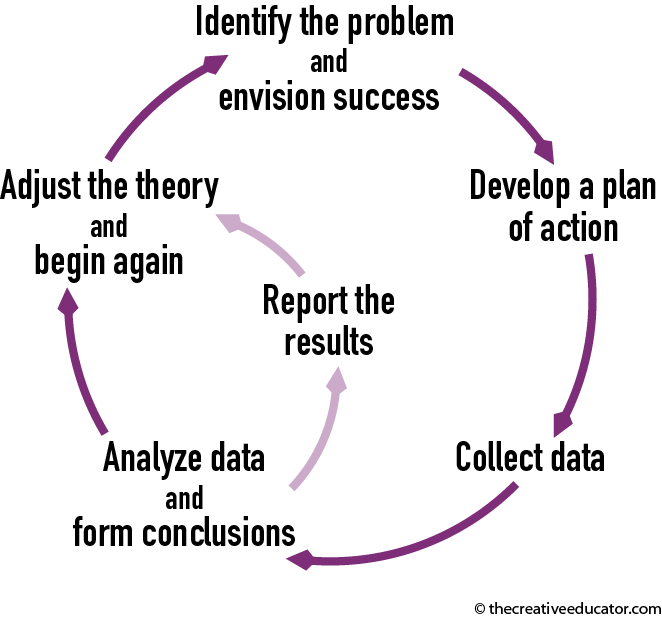Alongside the brief introduction, which began the process of consideration for areas of interest for the self-reflection, was the style of research to be used. I immediately noticed when I am unsure or 100% clear on the task/brief given I can become demotivated or annoyed, as such.
However, the starting point for this module was direct which was reassuring. This was to look into action research with on and in practice research. Avison, D,. et al (1999) summarise the key attributes of action research, as it "combines theory and practice (and researchers and practitioners) through change and reflection". In relation to this module and self-reflection log, I identify as both the researcher and practitioner highlighting my own areas for improvement and reflection. Within action research, research informs practice and vice versa, synergistically. This is because this "particular qualitative research method is unique in the way it associates research and practice" (Avison et al, 1999).
 |
Kolk, M. The Action Research Cycle. |
Kolk, M recongising action research as a "cycle of inquiry and reflection". This aligns with Avison, D,. et al (1999) description as an "particular cycle of activities, including problem diagnosis, action intervention and reflective learning". Action research is recognised to support academic research further, allowing practice in real situations and organisations.
Action research is a method which consists of a continuous cycle of reflection and improvement. A process which highlights "where you are, where you want to be and how you are going to get there" (Kolk, M). This cycle of reflection reminded me of Kolb's 'Experimental Learning Cycle' which is a learning cycle of experiences.
 |
McLeod, S (2017) Kolb's Experimental Learning Cycle.
|
Whilst action research recognises a more detailed cycle, action research also combines research within the process. In comparison to Kolb which based the learning purely on the concrete experience, which is when a "new experience or situation is encourntered, or a reinterpretation of existing experience" (McLeod, 2017).
The figure above by Roberts et al (2016) showcases the reflecting elements within this module, learning and practice within the action research. It idnetifies reflection as "results in learning" in an "active, dynamic and cyclic process". Mentioned in the figure is in-action, which is reflecting whilst in action and experience and then on-action which can be a time log, after an experience and opportunity to plan.
My blog will be used as my self-reflection action research log, it will included my on-action reflection on past experiences and be used for my in-action action research, reflecting on my experiences, relating theories and practicing for research. This will focus on my own journey of a specific area of improvement, how am I improving and why and why changed happened.
References:
Avison, D,. et al (1999) Action Research. Available at: https://dl.acm.org/doi/fullHtml/10.1145/291469.291479 [Accessed March 2021]
Kolk, M, Embrace Action Research. Available at: https://creativeeducator.tech4learning.com/v07/articles/Embracing_Action_Research [Accessed March 2021]
McLeod, S (2017) Kolb's Learning Styles and Experienetial Learning Cycle. Available at: https://www.simplypsychology.org/learning-kolb.html [Accessed March 2021]
Figure:
Roberts et al (2016) Reflective Learning and Practice. Sourced from: https://www.open.edu/openlearn/ocw/mod/oucontent/view.php?id=64108§ion=5 [Accessed March 2021]



Comments
Post a Comment